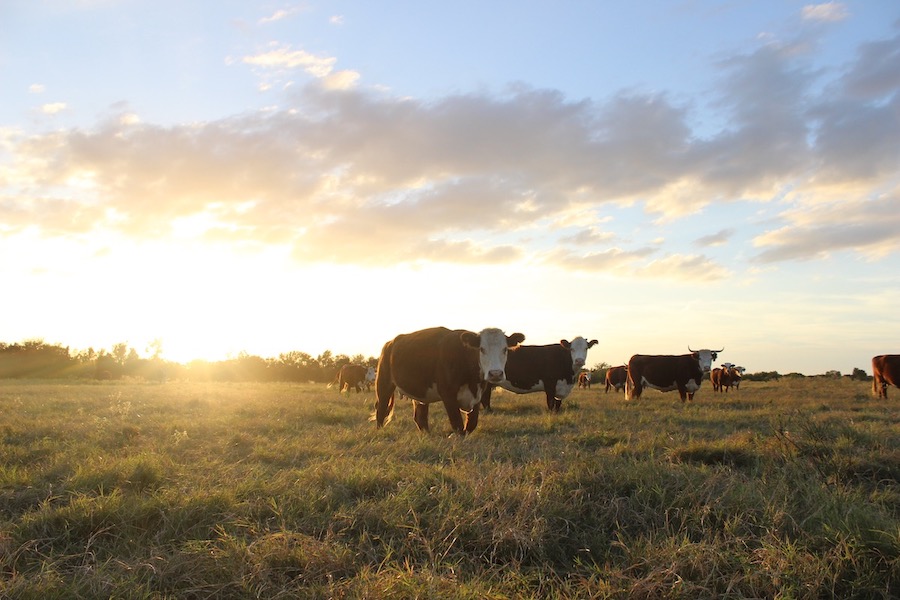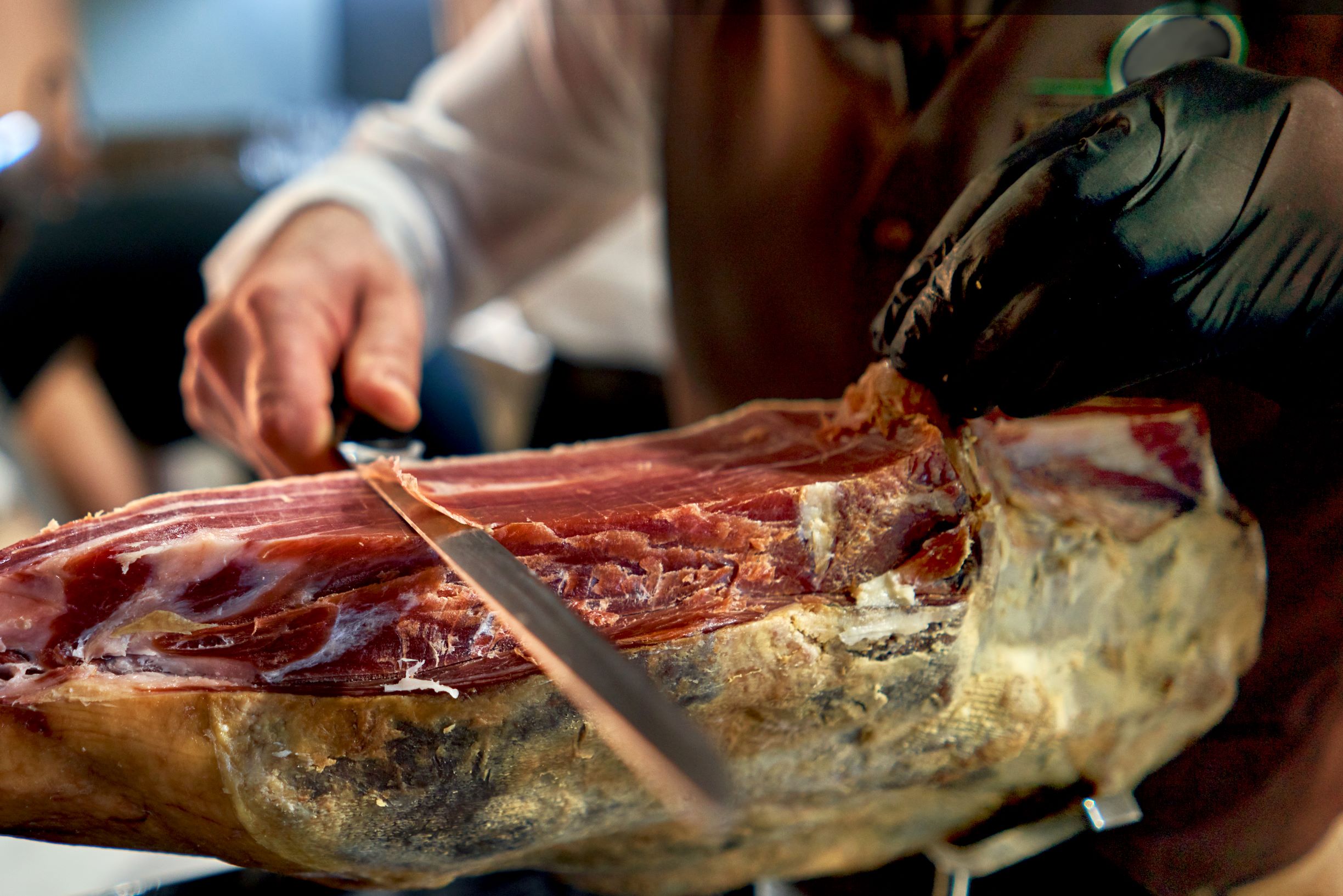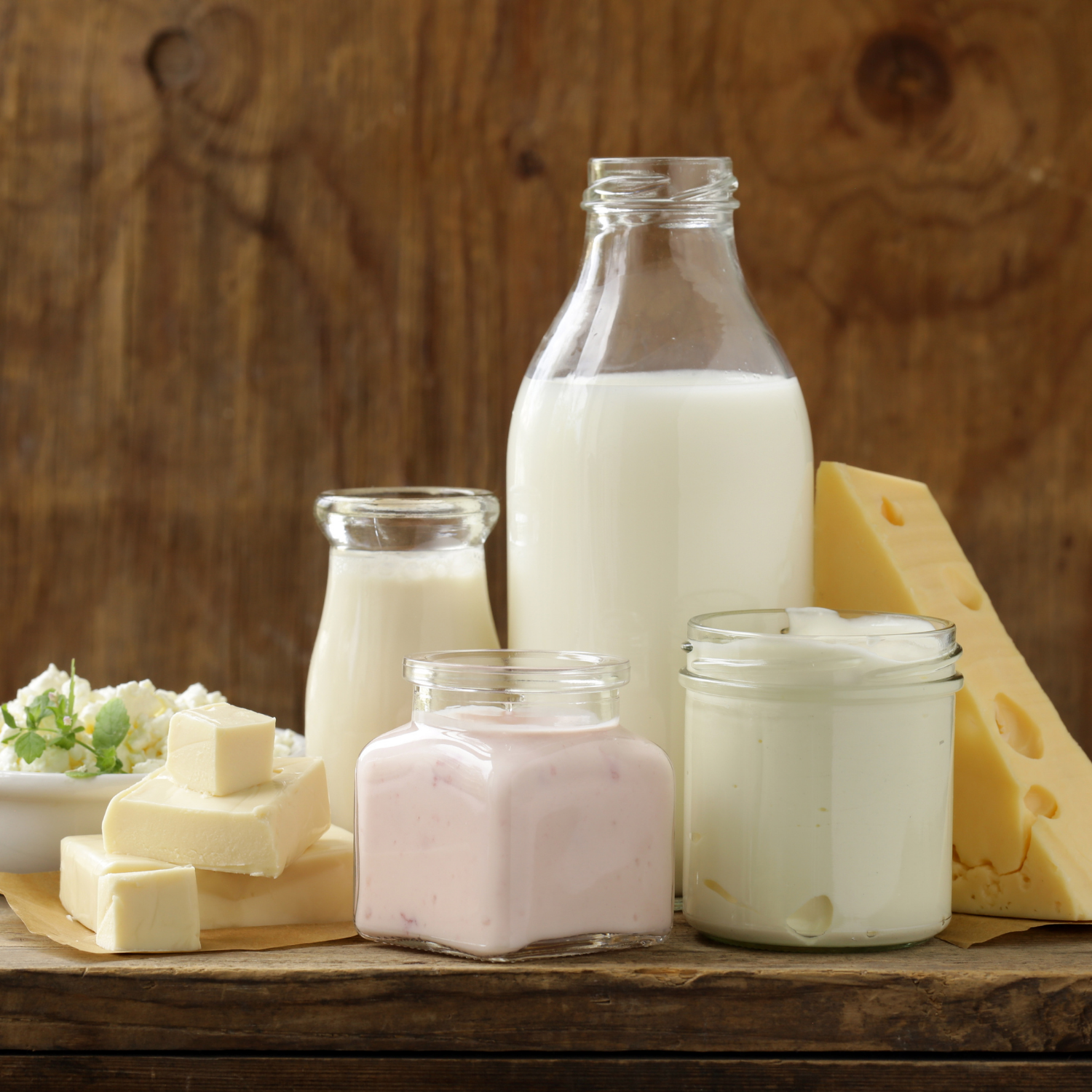



Weekly beef and dairy digest: US cattle market goes under the microscope
US Congress reviews recent disruptions in the cattle market as global food prices reach 10-year high.US beef sales dip in latest week, but outpace prior four-week average
US beef net sales of 15,600 metric tonnes (MT) reported for 2021 were down 3% from the previous week, but up 5% from the prior four-week average. Increases primarily for China (6,000 MT, including decreases of 100 MT), Japan (3,200 MT, including decreases of 600 MT), South Korea (2,600 MT, including decreases of 400 MT), Mexico (1,500 MT), and Taiwan (1,100 MT, including decreases of 100 MT), were offset by reductions for Chile (100 MT), Colombia (100 MT), and Italy (100 MT). Net sales for 2022 of 500 MT were for Japan (400 MT) and Mexico (100 MT).
Exports of 15,700 MT were down 15% from the previous week and 13% from the prior four-week average. The destinations were primarily to Japan (4,700 MT), South Korea (3,700 MT), China (2,700 MT), Mexico (1,200 MT), and Taiwan (1,100 MT).
Strong US beef export data
USDA data analyzed by the US Meat Export Federation showed the US exported more than $1 billion in beef products in August, with strong Chinese buying powering the record surge.

Report on US cattle market published for Congress, USDA
Responding to a request from Congress and USDA, the Agricultural and Food Policy Center, AFPC, at the Department of Agricultural Economics in the Texas A&M College of Agriculture and Life Sciences have completed an extensive report on the US cattle market, including information on supply chain disruptions.
The 180-plus page book, titled The US Beef Supply Chain: Issues and Challenges is the result of proceedings from an AFPC-hosted workshop on cattle markets held 3 to 4 June in Kansas City, Missouri.
The book puts into context several disruptions in the cattle market, including the 2019 fire that took the nation’s second-largest beef packing plant offline for four months and the COVID-19 pandemic’s effect on packing plants and significant disruption of beef supply chains.
“This is the product of a collaboration between the AFPC and the Office of the Chief Economist at the USDA,” Bart Fischer, PhD, co-director of AFPC and one of the book’s editors, told AgriLife. The work originated from a request by the bipartisan leadership of the Committee on Agriculture in the US House of Representatives during the 116th Congress.

USDA lays out loan guarantee program to target middle of the food chain
USDA is still working on expanding meat processing capacity. USDA Secretary Tom Vilsack has announced a $100 million loan guarantee effort that seeks to address supply chain bottlenecks.
While details of the effort are yet to come, Vilsack said the $100 million program is aimed at the “middle of the supply chain” and targeting entities that “aggregate, process, manufacture, wholesale or distribute food.” Vilsack also suggested the loan guarantees can help jumpstart additional investments to bolster the food supply chain. Funding for the effort came via the March COVID-19 aid package.
Among the areas that the loan guarantee program could address are mobile units that travel in remote rural areas for processing and processing by co-ops, Vilsack said. Lenders are not always as familiar with those processing methods, he said. Vilsack said he was “not sure” the processing loan guarantees would be limited to meat and poultry, but could also help the fruit and vegetable industry, which has also talked about the importance of cold storage capacity.

World food prices continue to rise
Global food prices climbed 1.2% in September, according to the Food and Agriculture Organization of the United Nations’ (FAO’s) food price index.
The index climbed 1.5 points from August to a reading of 130 points in September, which was up 32.1 points (32.8%) from September 2020 and a 10-year high. “The latest rise of the FFPI was largely driven by higher prices of most cereals and vegetable oils,” FAO says.
On the production front, FAO comments that while it still expects a record-setting global cereal crop of 2.8 billion MT in 2021, that would still fall short of anticipated consumption, drawing down inventories.
FAO raised its global wheat crop estimate by 7.2 million metric tonnes (MMT) to 776.7 MMT, which would be in line with the 2020 crop. It cited higher yield estimates for some areas of Eastern Europe like Ukraine and strong production prospects in Australia.

US dairy market at a glance
- BUTTER: Grade AA closed at $1.7475. The weekly average for Grade AA is $1.7535 (+0.0085).
- CHEESE: Barrels closed at $1.7450 and 40# blocks at $1.8500. The weekly average for barrels is $1.6910 (+0.0950) and blocks, $1.7970 (+0.0740).
- NON-FAT DRY MILK: Grade A closed at $1.3975. The weekly average for Grade A is $1.3800 (+0.0220).
- DRY WHEY: Extra grade dry whey closed at $0.5800. The weekly average for dry whey is $0.5785 (+0.0200).
Cheese highlights
Week 39 has been a bullish week for cheese markets. Both block and barrel prices are increasing. Although the price gap of around a dime remains, when compared to a roughly $.90 spread this time last year, markets have definitely experienced more precarious days. Inventories are mostly in balance, according to contacts from the East and Midwest. Due to the lingering port congestion issues in the West, warehouse space is tightening. Demand is either steady or growing, seasonally. Early in the week, spot milk prices were at Class or above, but by midweek there were some discounts reported.
Spot prices ranged from $1.25 under to $1.00 over Class III. Spot prices last year during week 39 were $2 under to $1.50 over and in 2019 they were $.25 to $1.75 over Class. Cheese production is strong in the country. That said, staffing and trucking shortfalls are a lingering issue for a large percentage of plant managers in all regions.

Butter highlights
Cream is available to meet current production needs in the Central and West regions, while spot availability is tight in the East. Higher cream prices in the Central and East regions are limiting the amount of butter produced. In the Midwest, butter makers report that unsalted butter production has increased, incrementally, in recent months. Staffing shortages continue to be a concern for producers in the Central region.
Butter inventories vary across region and type, in the Central region inventories are meeting current market demands. In the West salted butter inventories are available, while unsalted inventories are, reportedly, tighter. Demand for butter varies across the West, steady retail sales are noted while some grocers are placing larger orders as they anticipate higher demand. Food service demand is improving in the Central region. West food service demand is varied, with some areas of the region having strong sales. Rising COVID cases, in some parts of the West, are causing demand to falter. Bulk butter overages range from 1 to 8.50 cents above market this week.
Fluid milk
With seasonally cooler weather, milk production is trending higher across much of the country. In the Southeast, milk supplies are tight. Processing demands are being fulfilled, in some cases, by milk loads coming from other regions.
.jpg)
Demand for Class I milk varies, in some regions demand is high, while demand is slowing in others where school pipelines have refilled. Cream markets are mixed. Class II demand is holding steady throughout the West. In the East the cream multiple range has tightened this week, while the range has expanded in the West. Condensed skim markets are stable, as sales in the East are, reportedly, steady to higher. Staffing concerns and transportation issues are causing difficulties across all regions.
Butter makers in the East and in the Midwest are running seasonally lighter churning schedules. F.O.B. cream multiples for all classes are 1.32-1.46 in the East, 1.30-1.40 in the Midwest, and 1.00-1.31 in the West.
Dry products
Low/medium heat non-fat dry milk (NDM) prices were generally higher across both the range and mostly price series. Spot inventories are tight in the East and West regions, amid strong demand. High heat NDM prices pushed higher this week across all regions. Demand for high heat is unchanged, though inventories are tight. Prices for dry buttermilk powder have held firm at the bottom of the ranges, while increasing at the tops.

Dry buttermilk markets are fairly quiet in the East, while demand has ticked higher in the Central and West regions. Spot availability is limited across the country. Some purchasers in the Central region are, reportedly, buying loads from the West to fulfill near term needs. The price range for dry whole milk has tightened this week. Demand is increasing across both domestic and international markets. Production of dry whole milk is limited. Dry whey prices are mixed. In the West, contacts report tight inventories and increased demand.
Central region contacts report that there is more dry whey available in the Midwest than in the West. Northeast spot inventories are reportedly in balance with current market demands. Production of higher protein concentrates are taking precedent to dry whey in the Central and West regions, while production is active in the Northeast.
Prices for whey protein concentrate (WPC) 34% have held steady this week. Availability and demand for WPC 34% vary by brand. There is limited demand for brands of WPC 34% that are more interchangeable with other dairy proteins, while increased interest is present for brands of WPC 34% that meet specific end user requirements. Production is steady to lower, as manufacturers prefer the production of higher whey protein concentrates.
Lactose prices are unchanged as market participants are trying to get Q4 contracts in place. Production of lactose is steady to lower. Rennet casein prices are unchanged this week, while the top of the price range for acid casein has moved higher.
National retail report
At the start of October, the total number of conventional dairy advertisements increased 8%, while the total organic ad numbers decreased by 18%. Conventional egg nog made its debut in the retail report this reporting survey.

Conventional ice cream in 48–64-ounce containers is the most advertised dairy item this week. The national weighted average advertised price for ice cream in 48-64-ounce containers is $3.06, up 15 cents from the previous week. Conventional milk ads decreased 49% and organic milk ads dropped 18%. The national weighted average advertised price for conventional milk gallons is $3.45, compared to $3.04 for conventional milk half gallons.
International dairy market news
Western European overview
Milk deliveries in Western Europe are still seasonally declining. Industry contacts expect this trend will continue for the next month or two. In addition, cream and skim milk concentrate supplies are tight, and prices for dairy processing materials are rising.

As a result, processors report manufactured dairy production is also constricted and getting surpassed by current demand. While export demand is present, European dairy demand is stable and taking up much of the available manufactured dairy products.
Eastern European overview
Like the other major milk producing countries in Europe, milk production in Poland, and other parts of Eastern Europe, is in seasonal decline. Milk components are also lower. With tight farm milk availability, processors are working to fill contracted needs first. Manufactured dairy product stocks are also snug.
TheCattleSite News Desk
IMPORTANT NOTE: I am not a futures broker and do not manage any trading accounts other than my own personal account. It is my goal to point out to you potential trading opportunities. However, it is up to you to: (1) decide when and if you want to initiate any traders and (2) determine the size of any trades you may initiate. Any trades I discuss are hypothetical in nature.
Here is what the Commodity Futures Trading Commission (CFTC) has said about futures trading (and I agree 100%): 1. Trading commodity futures and options is not for everyone. IT IS A VOLATILE, COMPLEX AND RISKY BUSINESS. Before you invest any money in futures or options contracts, you should consider your financial experience, goals and financial resources, and know how much you can afford to lose above and beyond your initial payment to a broker. You should understand commodity futures and options contracts and your obligations in entering into those contracts. You should understand your exposure to risk and other aspects of trading by thoroughly reviewing the risk disclosure documents your broker is required to give you.



